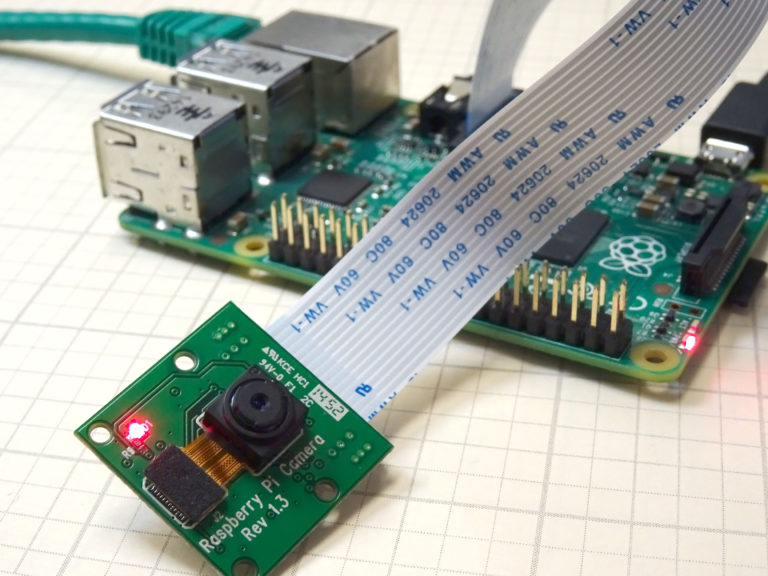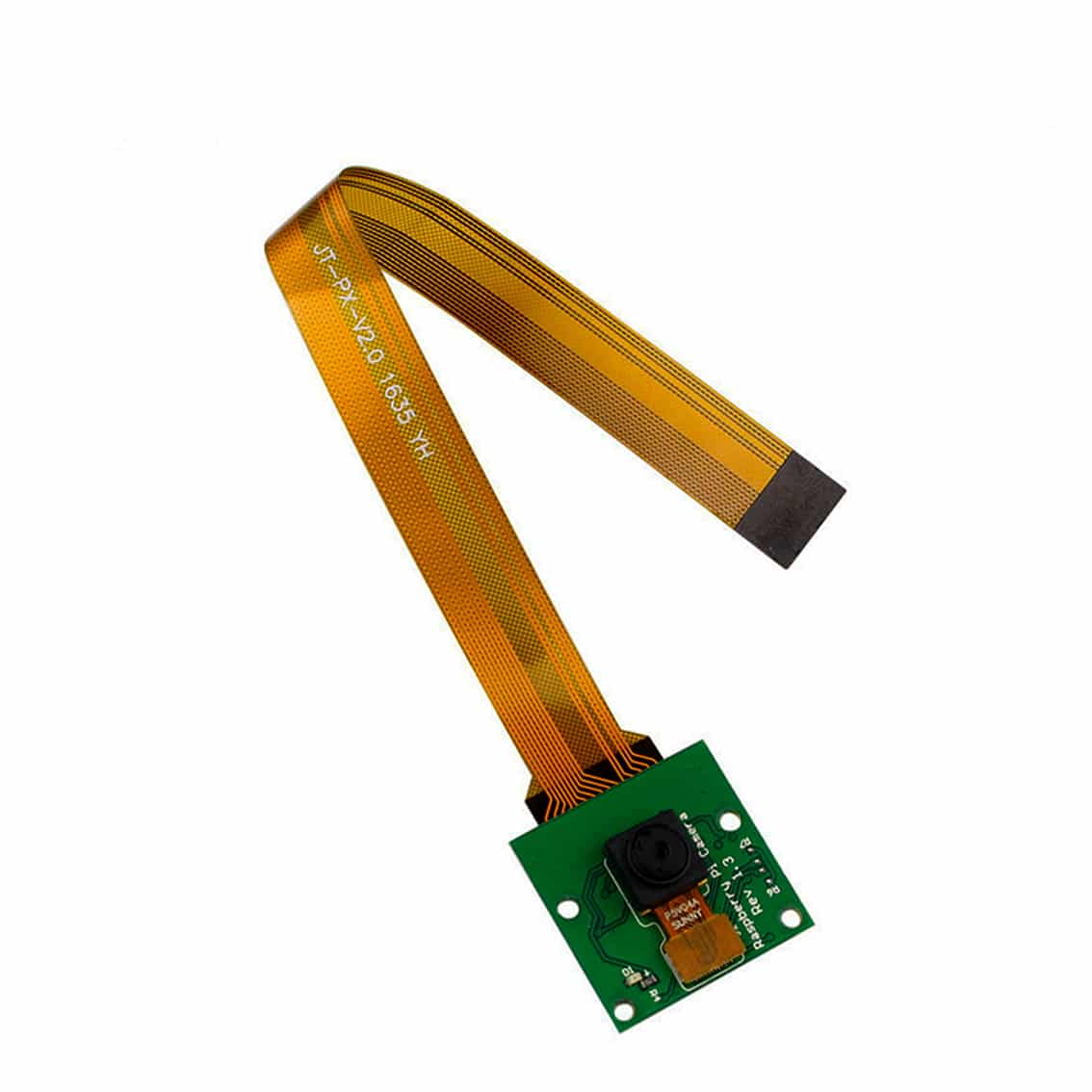

If the image is a bit blurry, you can adjust it by turning the focus on the lens.

It gives you a preview in full screen 4:3 format for five seconds. The command raspistill -f should be sufficient for this at the beginning. Now it is time to finally let us output a picture. This is a clear indication that the camera interface is not set up.

If supported=0 is displayed, usually the camera is not detected either, so detected is also 0.If detected=0: The camera is not connected properly or there is no full contact to the camera due to dirt, damage, etc.

Check if you have configured the camera correctly.
If supported=0: check the software version of the Pi and update if necessary. If supported=1 and detected=1, the camera is correctly set up and connected. This will check if the camera is properly connected (detected) and if your Raspberry Pi computer supports the camera and the interface is enabled in the configurations as described above (supported). To test if everything worked, switch back to the LXTerminal and enter the command vcgencmd get_camera. The setting requires a reboot of the Pi in each procedure. Therefore, two heat sinks, which are attached to the gold surfaces on the back, serve for better heat dissipation. Infrared light is characterized by its heat radiation. The current consumption is between 200mA and 900mA. Apart from the fact that it wouldn’t really be of any use, you would destroy the LED, as it is not protected against reverse polarity. What you should avoid is to mount the IR LED board radiating to the back. Since these are applied to the front and back, it doesn’t matter if the LED board or the camera module is on top. This is possible because there are gold contacts (5) on the screw connections for power transfer. The module itself is supplied with 3.3 V directly from the camera module. On top of that, you can adjust the intensity via a small potentiometer (4) or turn off the LEDs if you don’t need them at the moment. The LEDs automatically adjust to the lighting conditions due to the integrated photoresistor (3). This allows the camera to take an evenly illuminated night shot. A diffusing lens (1) is plugged on top of this, which ensures that the light from the LED is well distributed in the room. But the majority is emitted in the non-visible infrared range. Since this wavelength just borders on visible light, you can still see a red glow. It emits infrared light in a wavelength between 845 and 855 nanometers in the electromagnetic spectrum, which is picked up by the photosensor in the dark. The infrared LED (2) is the heart of the board. You can see them circled and numbered in the picture below. Even though the infrared LED boards, which enable night vision in the first place, look quite inconspicuous, they contain many functional components.








 0 kommentar(er)
0 kommentar(er)
